First U.S. Mail Classification Act
On March 3, 1863, Congress passed an act establishing three classes of mail to simplify a complicated system that included over 300 different rates.
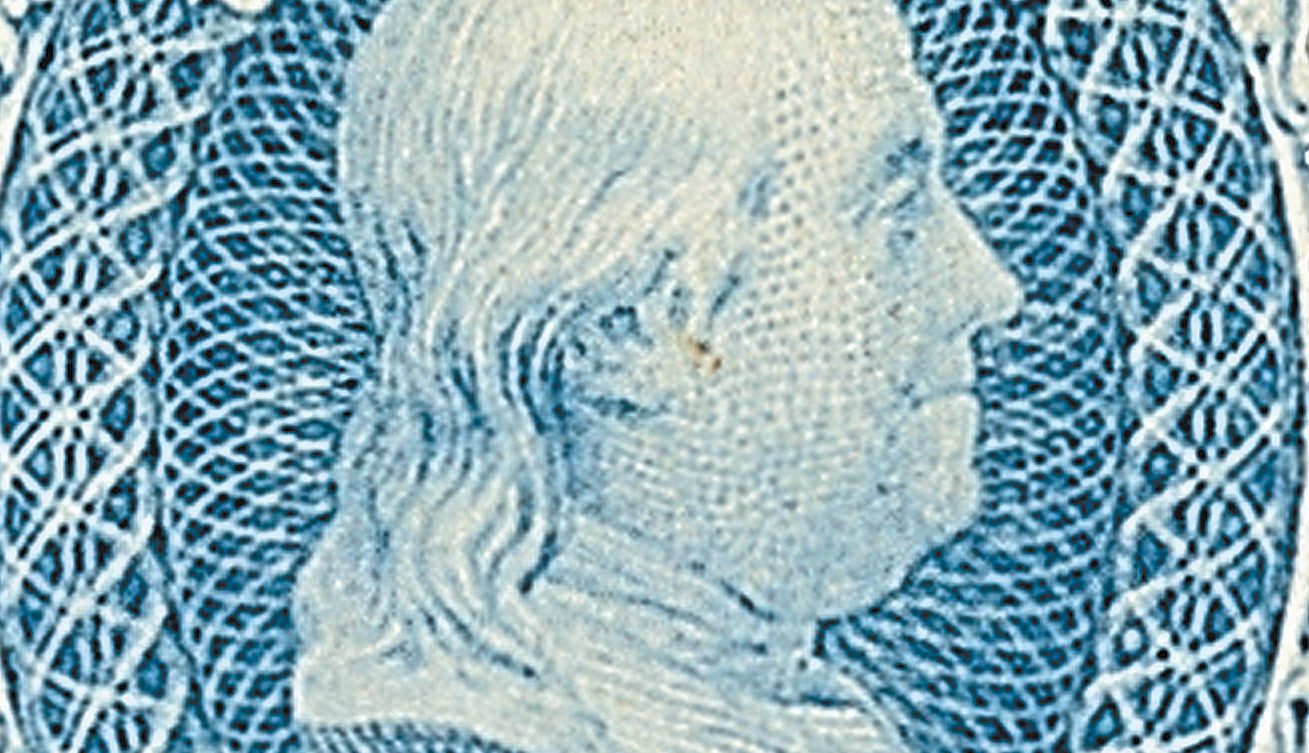
On March 3, 1863, Congress passed an act establishing three classes of mail to simplify a complicated system that included over 300 different rates.
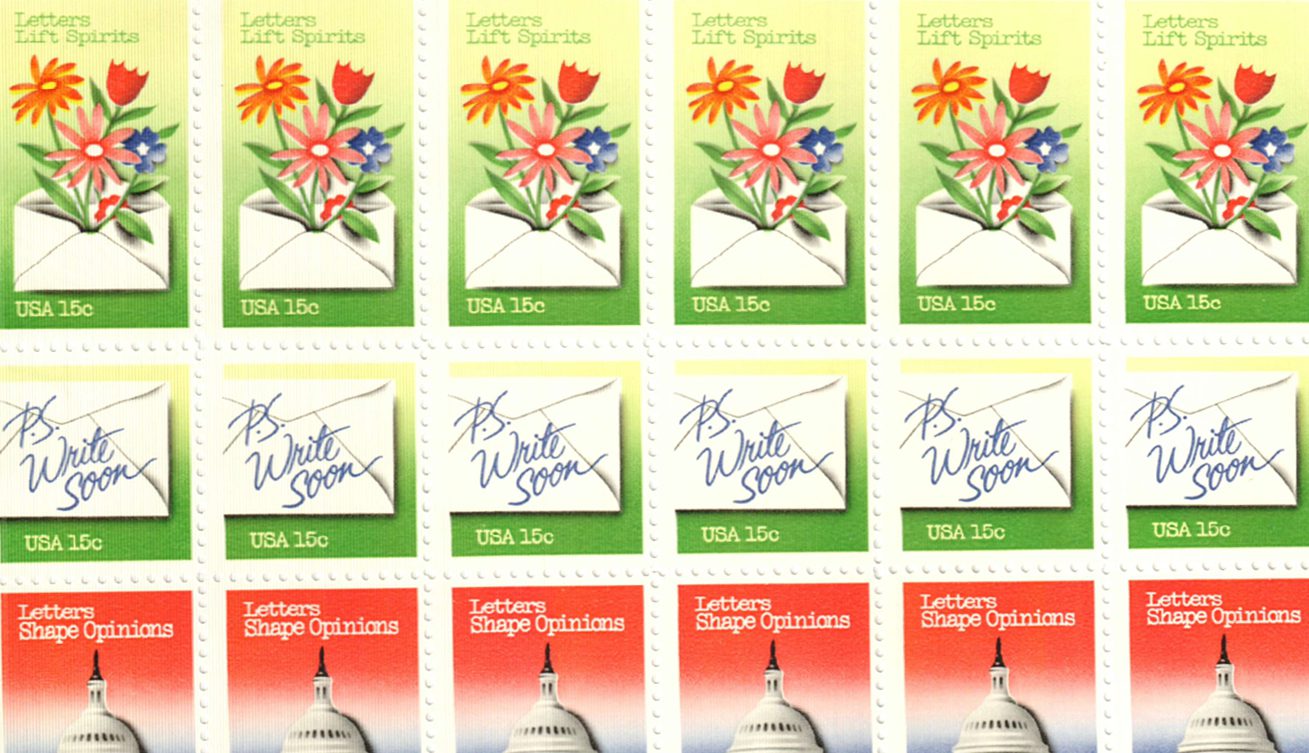
On February 25, 1980, the USPS issued a set of stamps commemorating National Letter Writing Week. Those stamps marked the first time that the USPS issued a sheet of stamps with three sets of vertical pairs.
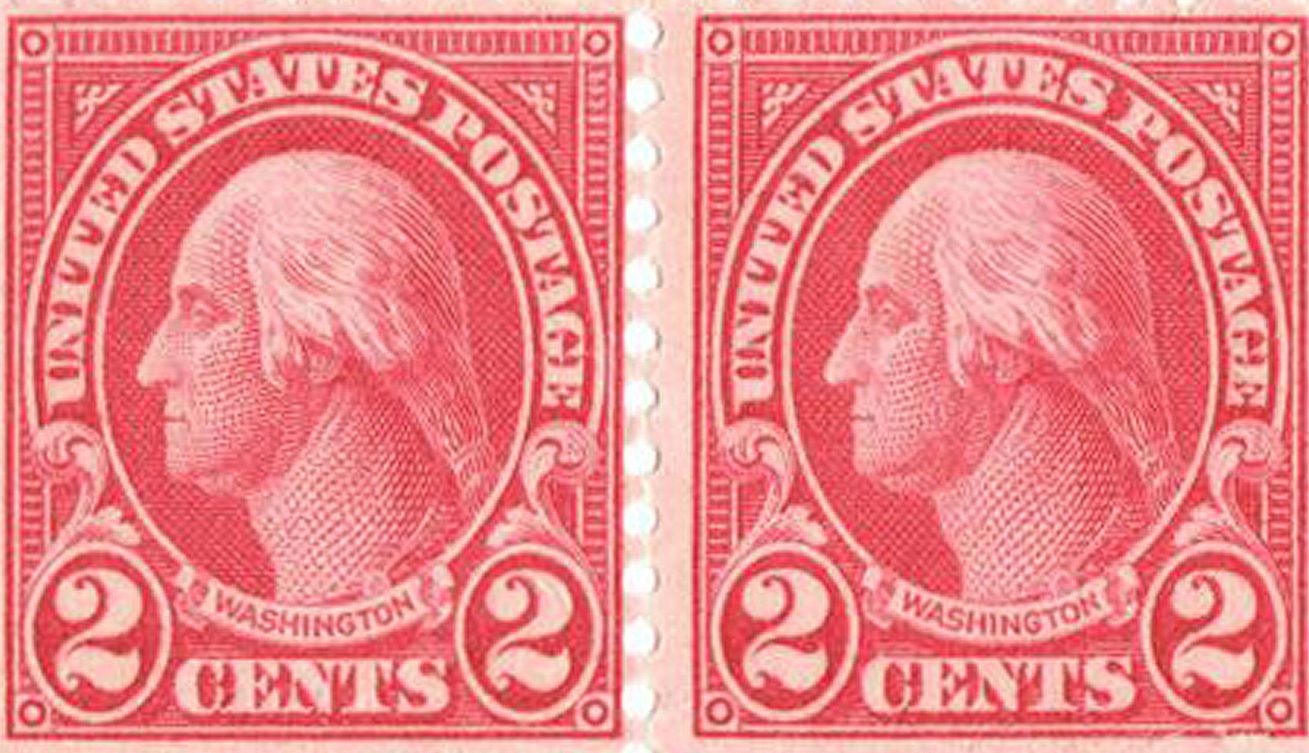
On February 5, 1935, the US Post Office delivered its first stamps produced using the new electric-eye perforator. This new machine helped ensure better centering of stamps and resulted in a dramatic decrease in waste.
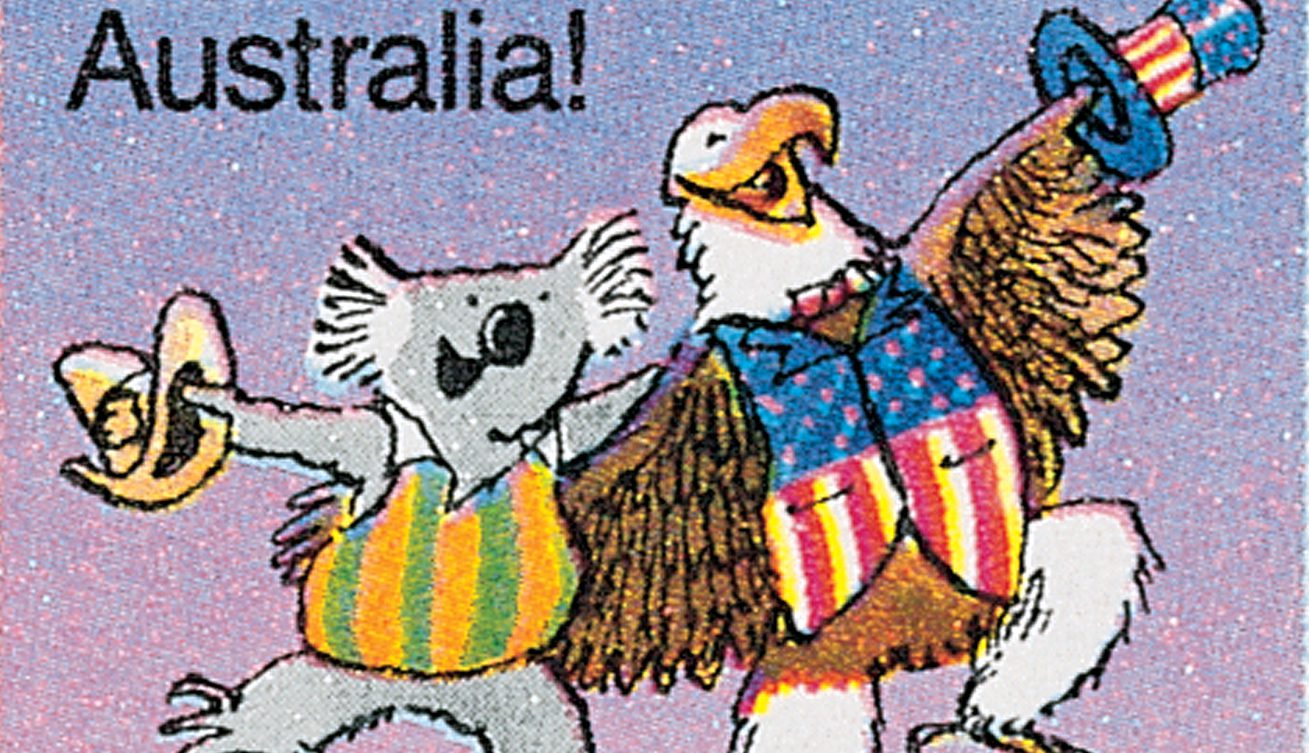
On January 26, 1788, the first British prisoners arrived in Australia, establishing an experimental penal colony. Though the colony struggled at first, it eventually thrived and became an independent commonwealth.
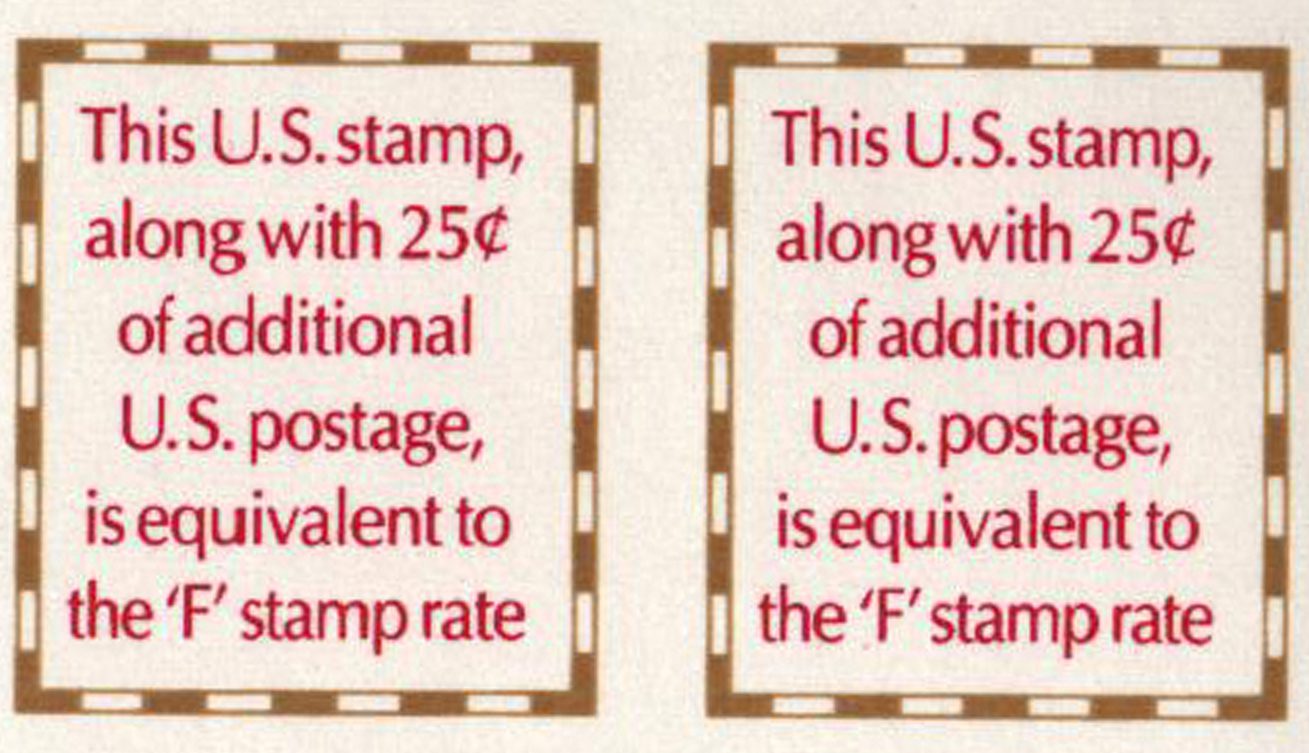
On January 22, 1991, the USPS issued a 4¢ stamp to “make-up” the difference between the old 25¢ rate and the new 29¢ rate. While it was criticized for its lack of design, was the first non-denominated stamp of its kind.
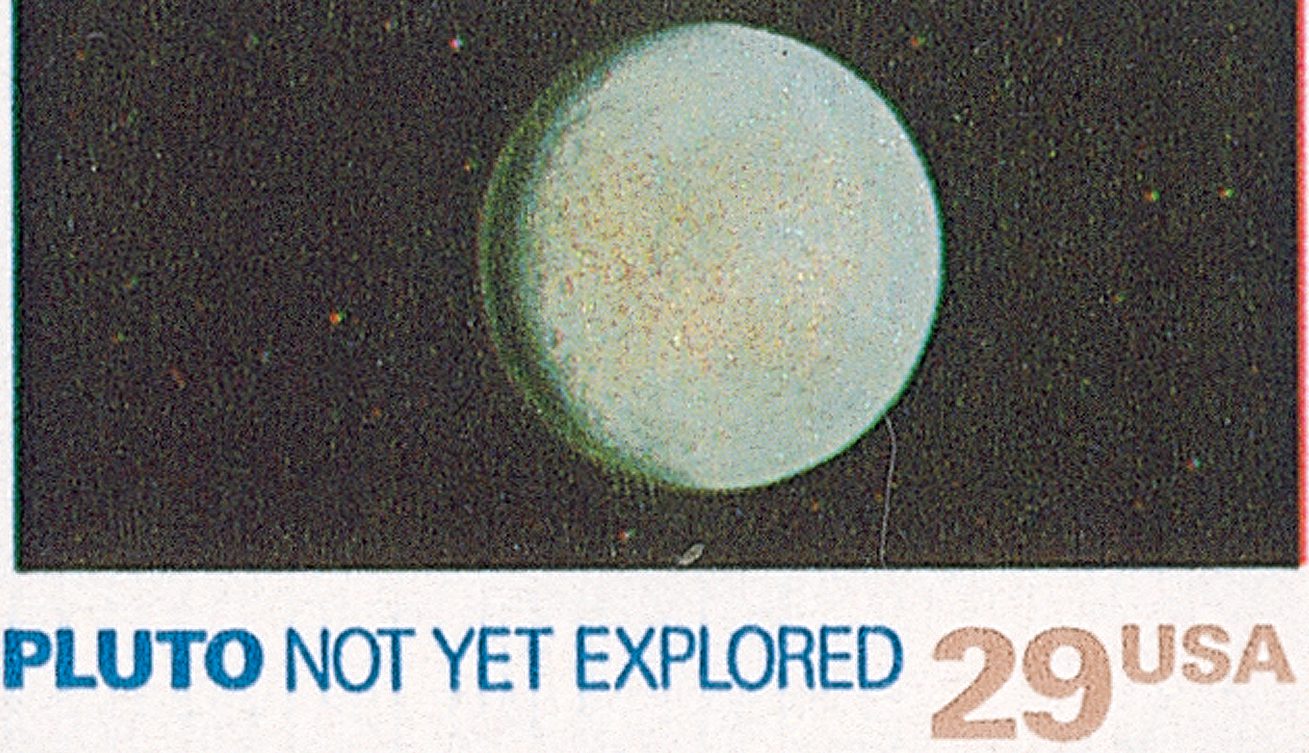
On January 19, 2006, the New Horizons interplanetary space probe was launched on a mission that included studying Pluto. The mission was inspired in part a postage stamp!

On January 9, 1793, Jean-Pierre Blanchard carried the first letter by hot air balloon in America. The letter came from President George Washington, an avid balloon enthusiast.

On January 1, 1893, the majority the Columbian stamps were first placed on sale in large cities. The Columbians are some of America’s most famous and sought-after stamps, and are considered the first US commemorative stamps.
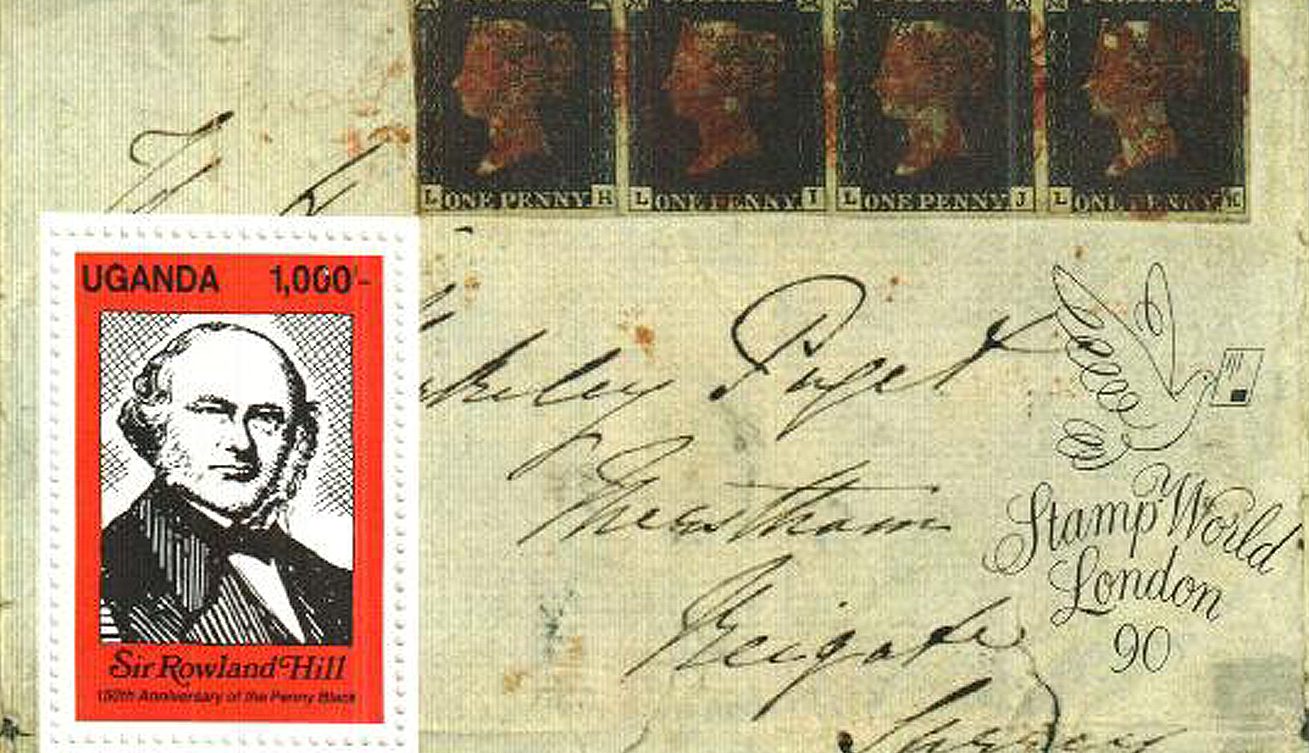
Sir Rowland Hill was born on December 3, 1795, in Kidderminster, England. Hill revolutionized the postal system by establishing a uniform minimum price of one penny, leading to the creation of the first postage stamp.